Diagnostic imaging
Recent articles
Sharing Africa’s brain data: Q&A with Amadi Ihunwo
These data are “virtually mandatory” to advance neuroscience, says Ihunwo, a co-investigator of the Brain Research International Data Governance & Exchange (BRIDGE) initiative, which seeks to develop a global framework for sharing, using and protecting neuroscience data.
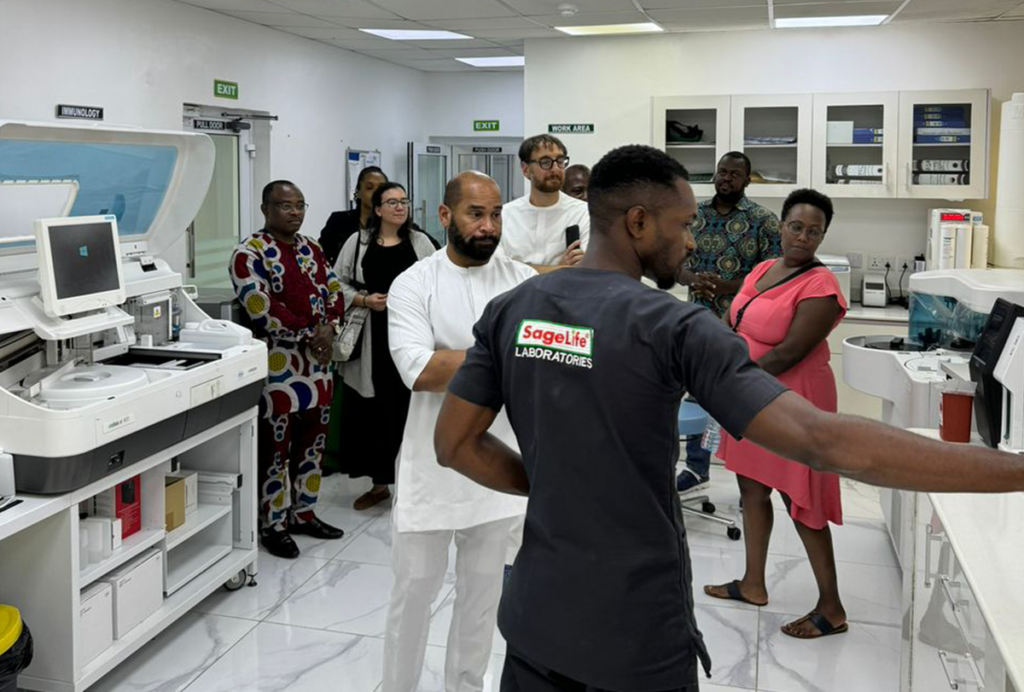
Sharing Africa’s brain data: Q&A with Amadi Ihunwo
These data are “virtually mandatory” to advance neuroscience, says Ihunwo, a co-investigator of the Brain Research International Data Governance & Exchange (BRIDGE) initiative, which seeks to develop a global framework for sharing, using and protecting neuroscience data.
Christine Wu Nordahl, doing whatever it takes to get good data
The head of the Autism Phenome Project has deepened the pool of study participants and helped overhaul the culture of the MIND Institute.

Christine Wu Nordahl, doing whatever it takes to get good data
The head of the Autism Phenome Project has deepened the pool of study participants and helped overhaul the culture of the MIND Institute.
Is excess brain fluid an early marker of autism?
Brain scans of hundreds of infants suggest that up to 80 percent of those with autism have unusual amounts of cerebrospinal fluid. Researchers are studying how this might contribute to the condition.
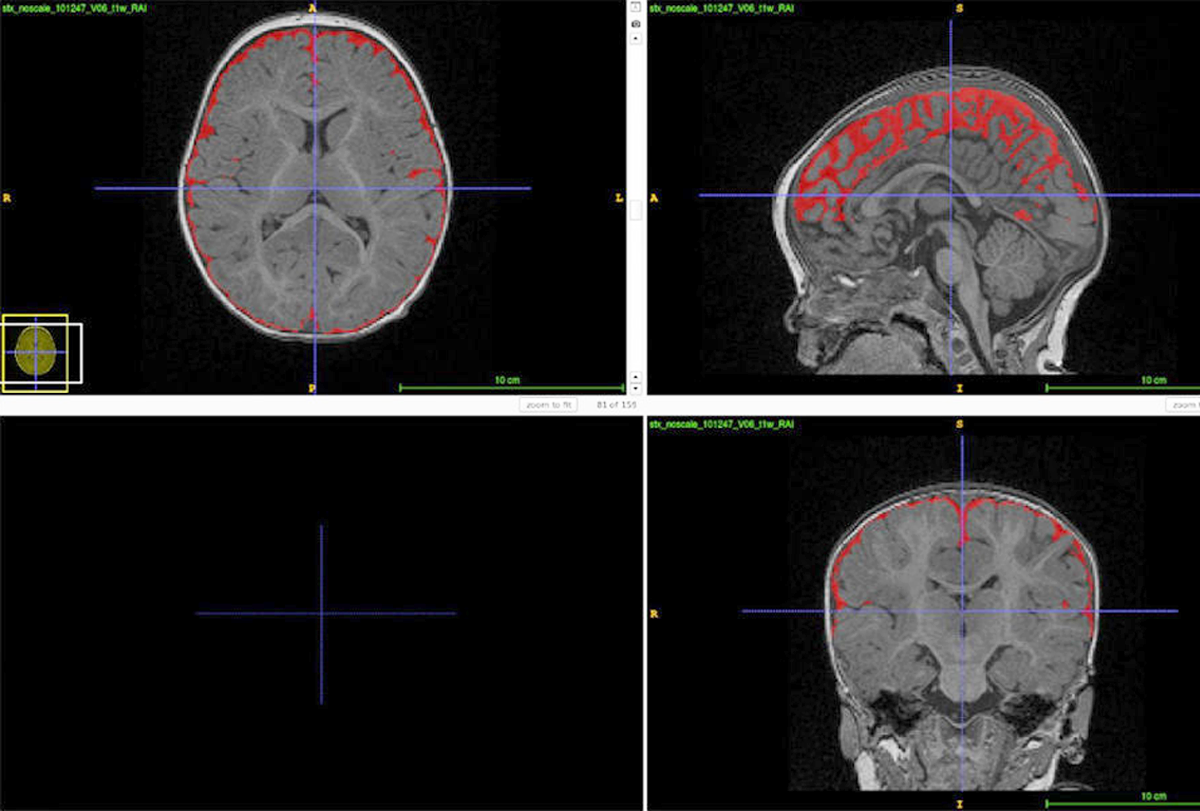
Is excess brain fluid an early marker of autism?
Brain scans of hundreds of infants suggest that up to 80 percent of those with autism have unusual amounts of cerebrospinal fluid. Researchers are studying how this might contribute to the condition.
Amygdala-linked brain areas grow differently in autism
The growth differences vary between autistic boys and girls and are most apparent among children with prominent social difficulties.
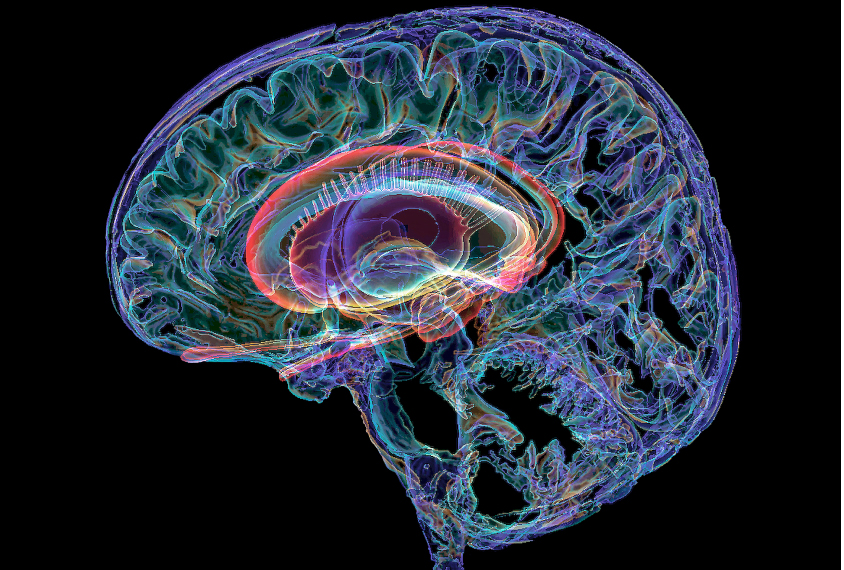
Amygdala-linked brain areas grow differently in autism
The growth differences vary between autistic boys and girls and are most apparent among children with prominent social difficulties.
The connectivity theory of autism, explained
A growing body of evidence suggests that autism involves atypical communication between brain regions, but how and where in the brain this plays out is unclear.
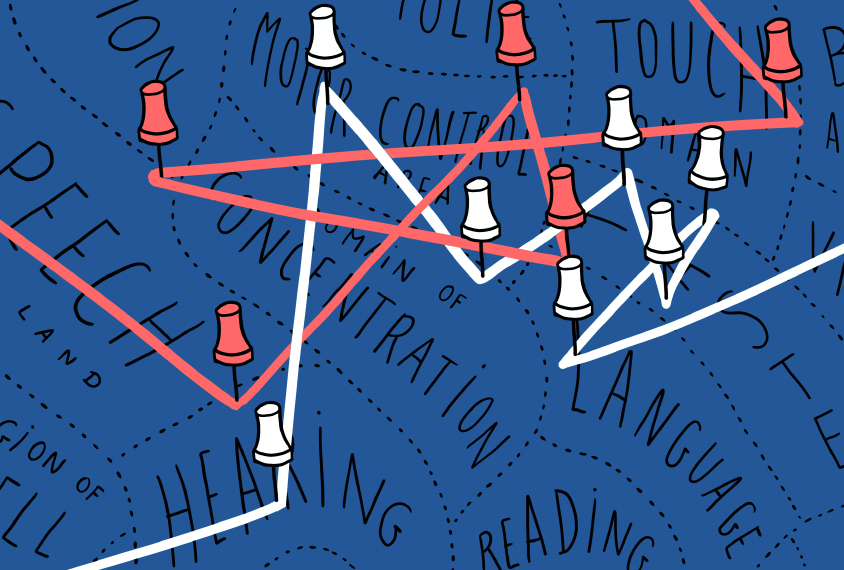
The connectivity theory of autism, explained
A growing body of evidence suggests that autism involves atypical communication between brain regions, but how and where in the brain this plays out is unclear.
Abridged autism assessment speeds access to therapy
A new strategy for diagnosing autism shortens the evaluation process — and the wait for answers.

Abridged autism assessment speeds access to therapy
A new strategy for diagnosing autism shortens the evaluation process — and the wait for answers.
Late-life diagnosis; narrated brain stimulation; microglia movie and more
Women describe relief at finally learning they have autism, a man with epilepsy narrates during stimulation of his brain, and the brain’s immune cells are caught on film nibbling at neuronal connections.
Late-life diagnosis; narrated brain stimulation; microglia movie and more
Women describe relief at finally learning they have autism, a man with epilepsy narrates during stimulation of his brain, and the brain’s immune cells are caught on film nibbling at neuronal connections.
Activists arrested; poop cult; ‘landmark’ movie and more
Activists are arrested while protesting the use of electroshock devices, a Facebook group claims cabbage slurry can prevent autism, and a movie features romance — and actors — on the spectrum.
Activists arrested; poop cult; ‘landmark’ movie and more
Activists are arrested while protesting the use of electroshock devices, a Facebook group claims cabbage slurry can prevent autism, and a movie features romance — and actors — on the spectrum.
Program in Scotland boosts speed, accuracy of autism diagnosis
A project in Scotland dramatically increased the accuracy of autism diagnosis and cut waiting times in half.

Program in Scotland boosts speed, accuracy of autism diagnosis
A project in Scotland dramatically increased the accuracy of autism diagnosis and cut waiting times in half.
Powerful duo of techniques charts signals’ path through brain
Combining a brain imaging technique with a neuron stimulation method can reveal how activity at one site travels through neural networks in the brain.
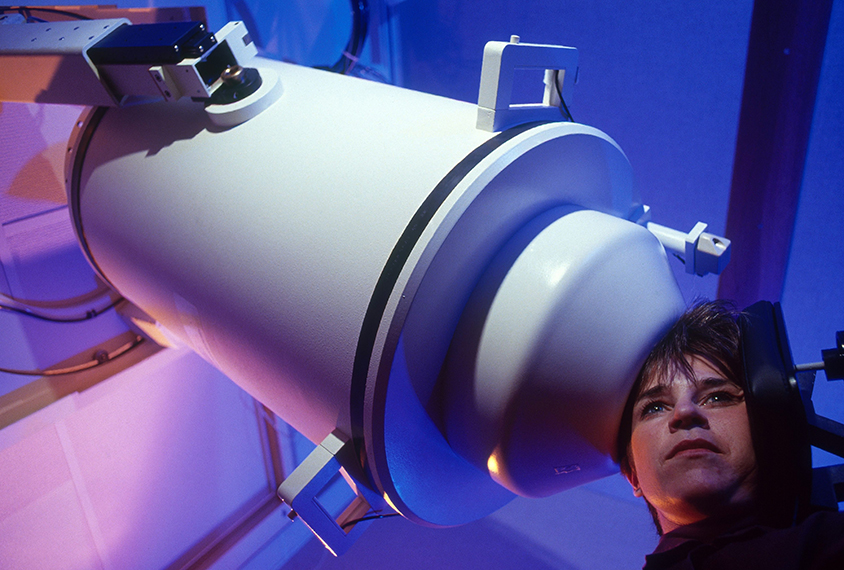
Powerful duo of techniques charts signals’ path through brain
Combining a brain imaging technique with a neuron stimulation method can reveal how activity at one site travels through neural networks in the brain.
Explore more from The Transmitter
Dispute erupts over universal cortical brain-wave claim
The debate highlights opposing views on how the cortex transmits information.

Dispute erupts over universal cortical brain-wave claim
The debate highlights opposing views on how the cortex transmits information.
Waves of calcium activity dictate eye structure in flies
Synchronized signals in non-neuronal retinal cells draw the tiny compartments of a fruit fly’s compound eye into alignment during pupal development.
Waves of calcium activity dictate eye structure in flies
Synchronized signals in non-neuronal retinal cells draw the tiny compartments of a fruit fly’s compound eye into alignment during pupal development.
Among brain changes studied in autism, spotlight shifts to subcortex
The striatum and thalamus are more likely than the cerebral cortex to express autism variants or bear transcriptional changes, two unpublished studies find.

Among brain changes studied in autism, spotlight shifts to subcortex
The striatum and thalamus are more likely than the cerebral cortex to express autism variants or bear transcriptional changes, two unpublished studies find.